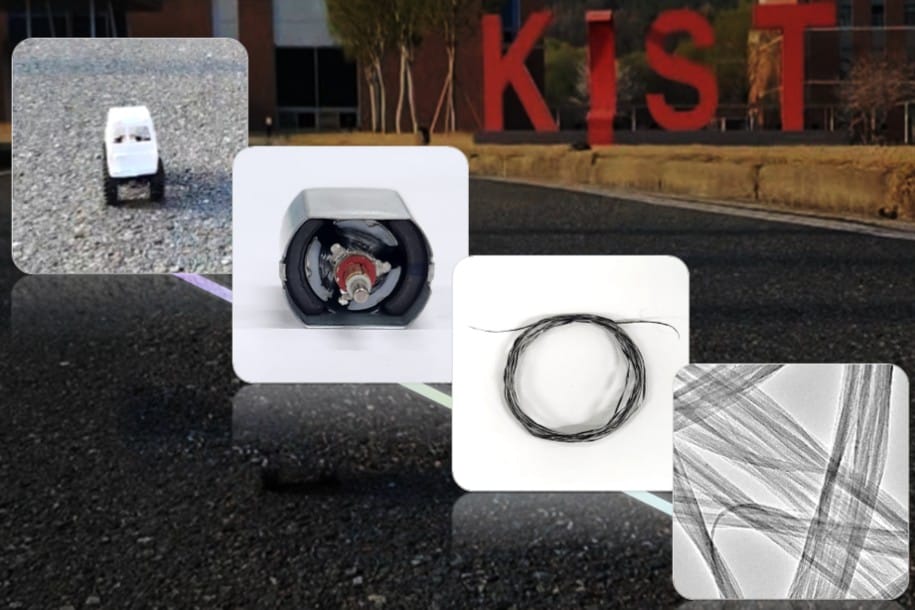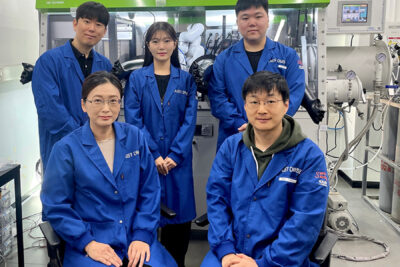South Korean researchers developing copper-free electric motor
It’s not for nothing that copper is used as standard in all types of cables – the advantages, such as its high electrical conductivity, have been well-known for centuries. That’s why they also feature in the electromagnets used in electric motors. But there are also some undeniable disadvantages to using copper. It’s heavy, comparatively expensive, and mining it is sometimes seen as unsustainable. Additionally, copper heats up when electricity flows, leading to heat loss and a high cooling requirement.
For researchers at the Korea Institute of Science and Technology (KIST), that’s more than enough reasons to look for a replacement for copper. They have developed a coil for electric motors (albeit not yet a fully operational electric motor) that works completely without metal – and therefore without copper. Instead, carbon nanotubes (CNTs) are used as the conductive material.
This approach is nothing new; CNTs have long been considered a promising approach in various applications (including supercapacitors). They also have good electrical conductivity, are significantly lighter than copper, very stable and dissipate heat well. In practice, however, there has often been problems with the fact that small metal particles can settle on the surface as a result of residues of the catalyst materials used in the manufacturing process. This contamination ultimately impairs the conductivity, and therefore the performance, of the nanotubes.
The solution that the KIST researchers have come up with is a novel cleaning process using liquid crystals to remove metal particles from the surface of nanotubes without damaging them. The new CNT cleaning process uses the alignment principle of liquid crystals, specifically ‘the fourth state of matter’ – an intermediate state between liquid and solid. In a statement, KIST researchers said: “The process naturally resolves strong aggregation during the alignment of CNTs, effectively removing metallic particles that remain on the surface. Most importantly, it is able to selectively remove impurities without damaging the nanostructure of the CNTs.” They add that this distinguishes the new process from existing liquid- and gas-phase-based cleaning processes.
The result is that the electrical conductivity of the test coil could be increased significantly – which, according to the researchers, should make it possible to bring it to a level that “can be used for real electric motors”.
Even if no fully functional electric motor has yet been developed and tested from scratch with CNT coils, the South Korean researchers have at least demonstrated the functional capability of their development. The team conducted experiments by placing the CNT coil on a motor and found that the revolutions per minute (rpm) of the motor could be stably controlled depending on the input voltage. However, tests only used a very small motor – far from the power requirement of EVs.
Dr Dae-Yoon Kim of KIST said: “By developing a new concept of CNT high-quality technology that has never existed before, we were able to maximize the electrical performance of CNT coils to drive electric motors without metal. Based on the innovation of CNT materials, we will take the lead in localizing materials such as conductive materials for batteries, pellicles for semiconductors, and cables for robots.”





0 Comments